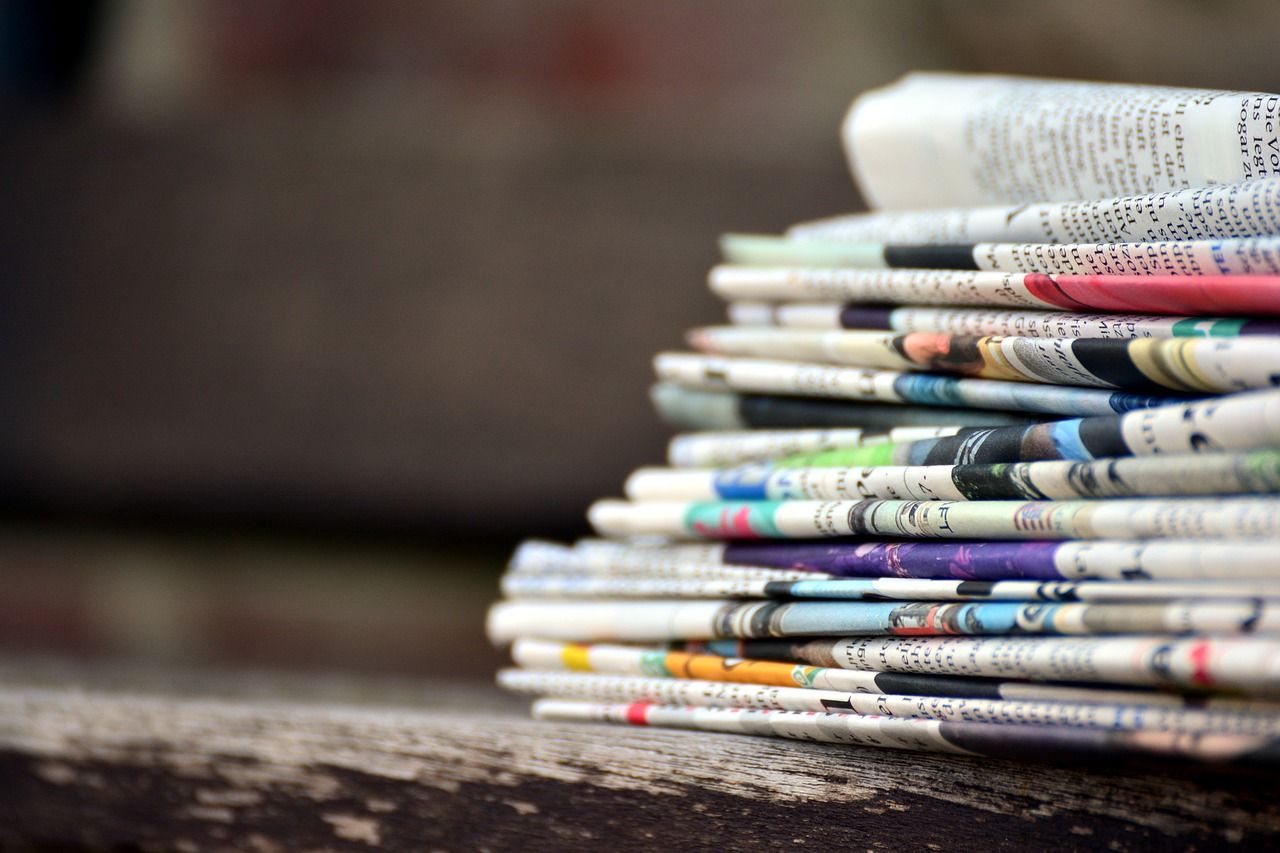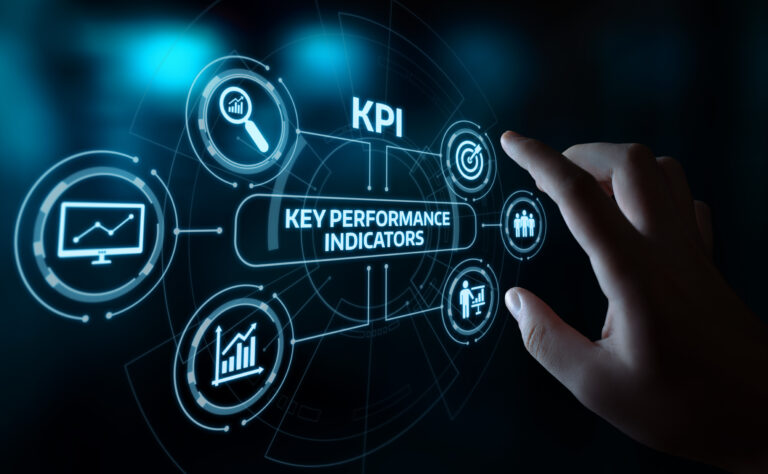Regardless of how much blood, sweat, and tears have been poured into a project, its success or failure often depends on just a few lines of writing: the press release. You are right if you think that your press release is not worth the time and effort. That’s why it can be so disappointing if publishers aren’t impressed with your press release. You’ve got a good product or service; you’ve emailed journalists, publications, media influencers, and more; you’ve waited patiently; but there are still no takers. Frustrated, you resort to other, more expensive marketing strategies.
Don’t give up though– press releases can be a powerful tool! You just need to learn how to craft them correctly. Moreover, you are the one who controls what news to be published about your company and when it should.
You have searched for some press release samples, but still, don’t know what’s the criteria. Here are some writing tricks that can help you optimize your press release.
Put yourself in journalists’ shoes:
Imagine this: you’re a journalist who receives dozens of emails every day, a responsibility that you have in addition to your writing duties. Most likely, you only have time to open emails whose subject lines have something new, appealing, and relevant to your field of work.
When you send emails to journalists, don’t just attach your press release, videos, and images; also write some words to the journalists expressing admiration for their recent work. Show them that you are following their work and then demonstrate how your press release is relevant to their work. Equally important: when sending your press release email, make sure that you are sending it to the right journalists.
You might also like : Impress With Less: How To Write An Author Bio
It’s a news story, not an advertisement:
While writing a press release, you have to forget that you are advertising for your company. If you don’t, you’ll find yourself using a lot of jargon that is not understood by or relevant to anybody outside of your company. Along these lines, a press release that is too narrow in its scope and is not tied to current events or industry trends is a one that is will be ignored. Make good connections between your product or service and consumer preferences and needs. Mention how such news will affect the market and how it’s in line with current trends in the industry.
Demonstrate how the news in the press release is important to the reader and don’t make it sound clear that you all care about is getting your company known!
Use the inverted pyramid style of writing:
Don’t bury the lead! The first paragraph must be appealing and include the different news you are offering, otherwise, journalists or even customers will disregard it and stop reading.
Therefore, if your press release consists of three paragraphs, then you have to include the most important piece of information in the first paragraph and the less important details in the following paragraphs.
Keep it brief with no jargon
We are all overwhelmed by the huge amount of information we receive everyday and no one has enough time to read a two-page press release!
If you loaded your press release with a lot of details and keywords, you are on your way to turning your readers off. Keep your sentences simple and factual, and try to avoid overly-technical language and superfluous adjectives. The perfect length range is 400-500.
You might also like : How To Write A Magazine Article
Rock it with a quote for a key figure!
If you included in your press release a quote from a well-known expert or a public figure or if these quotes include more facts that proves the importance of your news, it will give you more credibility and will make the press release sound more interesting and critical.
Many press release templates are available online to guide you through crafting a good press release. We gathered the most common and critical points that should be covered in any press release, and they are as follow:
- The logo: It’s the quickest way to say who you are. It can be placed at the top center or the top right of your press release.
- Contact information: It includes the company’s name, address, and telephone number. It’s on the top right section of the press release template.
- The headline: it is the most crucial part in a press release, it is the one that decides whether your press release will succeed or fail. For instance if you write the headline: “XYZ company launches a new product” so few will find your press release interesting. On the other hand, if you write a headline as “A New Product Solves Customers’…whatsoever”, your press release readability will be higher.
- Subheadline: It’s written between the headline and the body part. It should include more details about the headline, but at the same time it shouldn’t reveal much information. For instance, you can mention in your subheadline that your company is the one that launches the new product.
- First paragraph: This is the part that decides that if your reader will continue reading your press release or not. It should include the most important piece of information and answer the 5 w questions (who, where, what, why and how). Try not to mention many details about your company in the first paragraph and focus on the news.
- Second paragraph: You can include more details in this paragraph, and above all you should include some quotes for some key figures like the CEO, experts, etc. Writing informative quotes for key figures will provide evidence that your news are unique and important.
- Third paragraph: In this part, you are going to provide your journalists, media influencers or reporters with more details. You can mention some statistics and relate to recent studies and industry trends. You can also add some testimonials.
- Boilerplate: It’s the last paragraph in the press release. You write in this part about your company profile, some information about the key personnel in the company, your company’s achievements and awards.
- End notation: Finally, you should end your press release using these three-pound signs (###) that says that your press release has ended. It is usually at the bottom center of the press release.
Finally, our last tip is not to forget to attach to your press release email some high- quality images, related interviews, and testimonials. It will save effort and time for journalists, as it will be ready for publishing and going viral!
References:
- Press Release Template: Components, Types & Examples
- How To Write Press Release Headlines People Actually Read
- Why writing a press release is important
- 4 Reasons You Should Still Issue A Press Release
- Why writing a press release is important
- Importance of a Press Release
- How to Write a Press Release That Attracts Attention
- How to Write a Press Release Plus Free Templates
Write a catchy headline that sums up the main message. Include the main message along with the 5 Ws and H (what, where, when, why, which, and how) in the first paragraph. Add a brief about the brand and its history near the end and provide contact information.
Write a catchy headline that sums up the main message, describing the event. Include the main message along with the 5 Ws and H (what, where, when, why, which, and how) in the first paragraph. Add a brief about the event organizer near the end and provide contact information.
Use a hooking headline, write it in an active voice, and make sure to answer everything that could be questioned. Most importantly, include appealing information that you believe is newsworthy.
A press release is a document that promotes a particular event, a new product or discloses information about a public figure. It’s normally sent to media outlets in the hopes of passing the intended piece of information.




